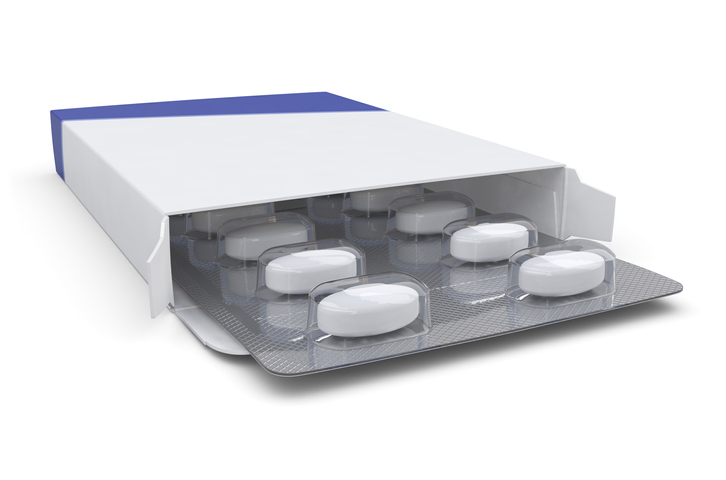Pain
Which of These Four Headaches Do You Deal With?

Headaches, one of the most common health complaints, consist of pain or discomfort located in the head, face or upper neck. Headaches occur regardless of age, race or gender and range from mild to severe. Frequency, location and pain intensity vary depending on the type of headache. Four common types of headache include tension, cluster, migraine and sinus.
Tension headache
A tension headache is the most common type of headache. It involves mild to moderate pain that typically feels like a band squeezing the head. It is often associated with muscle tightness. Tension headaches are also known as muscle tension headaches, stress headaches, or ordinary headaches.
Cluster headache
Cluster headaches are extremely painful primary headaches that occur in cyclical patterns, known as cluster periods. They are often more intense than migraine headaches. A cluster headache typically lasts from 30 to 90 minutes, with the most intense pain occurring five to 10 minutes after the start of the attack. They usually occur at the same time every day (sometimes several times per day) during a cluster period, which can last from weeks to months. Cluster periods may occur during the same time each year and are frequently followed by periods of remission (pain-free periods). Periods of remission range from months to years.
Migraine headache
A migraine is a debilitating type of headache that can last from a few hours to a few days. At the outset of a migraine, overactive nerve cells send impulses to the blood vessels, which triggers the release of certain hormones, such as serotonin, prostaglandins and estrogen. The release of these hormones causes the blood vessels near the nerve endings to swell, resulting in a migraine. Once an individual has experienced a migraine, they tend to recur.
Sinus headaches
A sinus headache is a secondary headache, which is the result of an underlying medical condition, such as a sinus infection or inflammation of the sinuses. Nasal congestion, a runny nose, or pressure behind the forehead typically appear with a sinus headache. Mild to moderate pain is experienced in the cheekbones, forehead, or the bridge of the nose. Sinus headache pain can occur in one or both sides of the head.

















